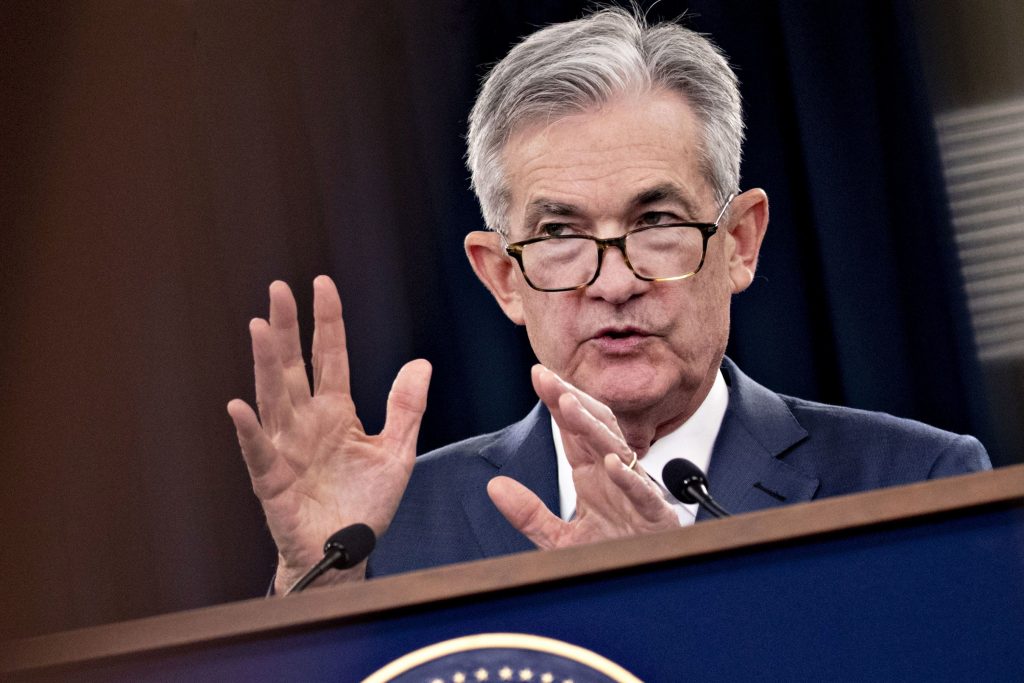The Fed just cut rates for the first time in more than a decade, and one sector could be the surprising winner.
The financials sector has most consistently outperformed the rest of the market after a Fed rate cut since 1990, according to Kensho. The sector has increased an average 1% in the three months following a cut, more than double the gain on the S&P 500. That trend bucks conventional wisdom that lower rates squeeze banking profit margins, putting pressure on stock prices.
History could be about to repeat itself for the banks, says Craig Johnson, chief market technician at Piper Jaffray.
Financials “very well could be at a start of a period of outperformance,” Johnson said on CNBC’s “Trading Nation ” on Wednesday. “The XLF [financials ETF] is at an interesting inflection point on a relative basis with the S&P 500. We’re very close to reversing this kind of longer-term downtrend on that relative performance. “

The XLF financials ETF, which holds major banks including Citi and Bank of America, has underperformed the S&P 500 since early 2018 through to mid-2019. It broke above that long-term trendline earlier this month.
One name looks best positioned to pop as the financials break out, Johnson adds.
“J.P. Morgan — that particular chart to us has been making a nice series of higher highs and higher lows,” said Johnson. “We’re getting close to coming back to those old highs. I think any sort of top-side breakout above those old highs is going to be a very nice move, and a very bullish sign for the overall financial sector.”

Quint Tatro, president of Joule Financial, agrees that J.P. Morgan should lead the group and sees another name riding alongside it.
“The best of breed is J.P. Morgan, and then for a little extra juice, you can look at Bank of America,” said Tatro. “Both are not trading awfully low from historical valuations, but we’re looking for both of these names to go back to sort of valuation heydays, if you will, in the 2005, 2006 time periods.”
Bank of America trades at 1.2 times book value, or the total value of assets on its balance sheet, while J.P. Morgan trades at 1.6 times. Tatro says both could trade closer to 2 times book value, which would put J.P. Morgan at $147 a share and Bank of America at $47.50. A move to that target for J.P. Morgan would mark a record; Bank of America would still be a 16% rally from surpassing its 2006 peak.
Disclosure: Joule Financial has positions in J.P. Morgan and Bank of America.

